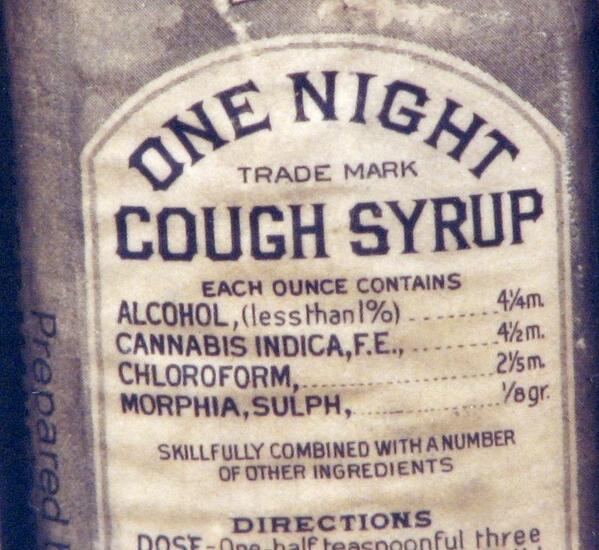
This may cause much distress to family and friends. As his body continues to shut down, he has no further need for nutrients.īecause of these natural changes, nutrition and hydration are withdrawn in the final stage. Often the patient requires little or no food or fluid intake for days. If the patient is conscious, he has very little, if any, interest in food. As well, there can be a build-up of fluid in the lungs making breathing more difficult. The result is noisy, moist breathing commonly known as the death rattle. As a result, the patient may experience bladder and/or loin pain, urinary tract infections, incontinence or urinary retention, fever, agitation, confusion, and decreased urinary output that is darkly coloured.Īlso in the final days of life, the palliative patient is unable to clear respiratory secretions because fluid pools in the hypopharynx. This leads to undue pain and discomfort.Īt the end stage of life, the urinary system becomes dysfunctional.

Fluid that cannot be eliminated because the body is physiologically unable is likely to pool in the lungs and other parts of the body. However, when death is imminent, food and water are unnecessary and may even add to the person's suffering. Since nutrition and hydration are basic human needs, we often feel an overwhelming desire to give our dying loved ones food and water. Fourth, serious reason must exist to pursue the good effect even at the risk of a bad effect. Third, the bad effect must not be intended. Second, the good effect cannot be attained through a bad effect for instance, you can't kill a person just so they will no longer suffer. In applying this principle, four criteria must be met. Catholic moral teaching accepts that sometimes in the pursuit of a good effect, a bad effect occurs. This is not the same as active or passive euthanasia. Very rarely, pain relief and sedation hasten death. John Paul II reiterated: "In such a case (use of painkillers and sedatives), death is not willed or sought, even though for reasonable motives one runs the risk of it: there is simply a desire to ease pain effectively by using the analgesics which medicine provides" (65). Venerable Pope Pius XII was the first Pontiff to justify the use of pain medication in the terminally ill, even if the person's life may be shortened as a result. If unconsciousness or a shortened life is not the intention of the pain medication, administering high doses is morally permissible. Counselling, spiritual direction, and medication work together to assuage the distress of the patient and the family.Ĭatholic moral teaching accepts that although pain management can relieve physical suffering, it can also result in the patient's loss of consciousness. Psychological and spiritual pain are just as complex and must be equally addressed.


The maximum amount of pain medication at the end stage of a terminal illness is the amount that will alleviate pain. Medical staff can distinguish between respiratory depression related to the use of opioids and the irregular, shallow breathing present at the end stage of life. Pain receptors take up the drug first and the body quickly builds up a resistance to the side effect of respiratory suppression.

However, severe pain overrides the potential of opioids to depress the patient's respirations. With high doses of opioids and other analgesics, one of the main concerns is the negative effect on the patient's breathing: respiratory depression. Other opioid analgesics include fentanyl and methadone. Analgesics similar to morphine include hydromorphone and oxycodone. The most common pain medication used in managing terminal illness is the opioid analgesic morphine. Many people believe that pain medication will cause death and they are upset when their loved one is given a very high dose to alleviate pain. Moreover, physical pain can cause depression, anxiety, and may negatively affect relationships. Pain is subjective each person's experience is unique. When patients and their families are faced with a terminal illness such as cancer or other progressive, non-malignant conditions, pain management is paramount. The Catechism of the Catholic Church (2276) affirms that "those whose lives are diminished or weakened deserve special respect." As such, the Catechism views palliative care as a "special form of disinterested charity should be encouraged" (2279). The World Health Organization defines palliative care as "an approach that improves the quality of life of patients and their families facing the problems associated with life-threatening illness, through the prevention and relief of suffering by means of early identification and impeccable assessment and treatment of pain and other problems, physical, psychosocial and spiritual." The intention of palliative care is neither to hasten nor delay death and acknowledges that dying is a normal process. Palliative Care HORIZONS OF HOPE A Toolkit for Catholic Parishes on Palliative Care


 0 kommentar(er)
0 kommentar(er)
